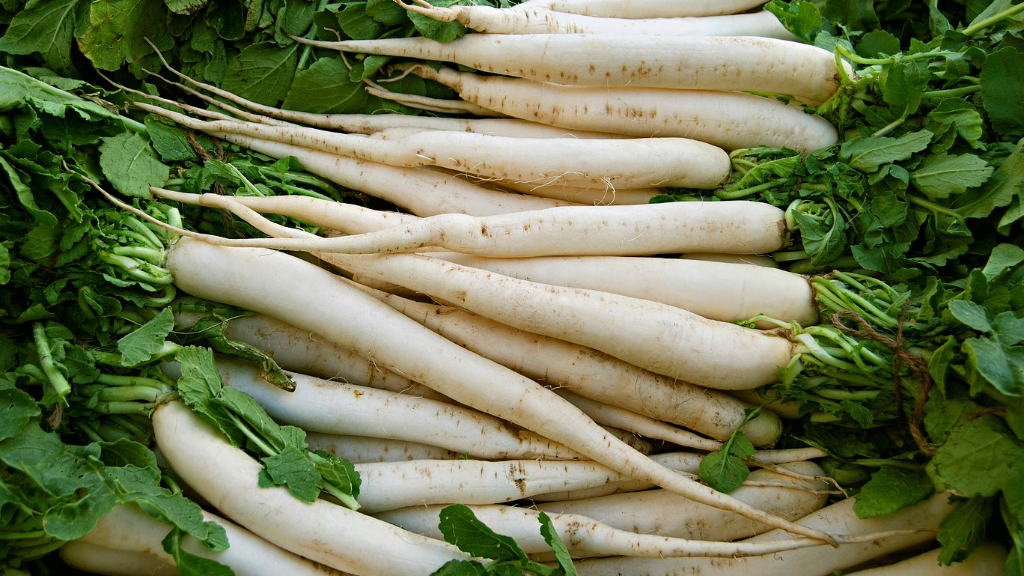Information On Hamburg Rooted Parsley


Parsley root, Petroselinum crispum, is also known as root parsley, Dutch rooted parsley, turnip rooted parsley and parsnip rooted parsley. It is also more commonly referred to as Hamburg parsley root. Let's learn more about this interesting plant.
History of Parsley Root
With a common name like Hamburg parsley root, one would naturally guess that this unique vegetable has its origins in Germany. While the history of parsley root has it as a popular "suppengrun" (soup green) in Germany since the 16th century, parsley root has also been a popular green and root vegetable in Austria, Hungary, Poland, Holland and Russia for centuries. That being said, the plant is believed to have first been used in cooking in Hamburg, Germany. Its edible root is kept in the ground through winter and dug up as needed for hearty stews and soups. It is said that a touch of frost improves the flavor. Hamburg rooted parsley looks similar to Italian parsley. Its edible greens are used the same as both Italian parsley and curled parsley are used. However, Hamburg parsley root has edible tubers that look kind of like a cross between a parsnipand a carrot. The flavor and texture is somewhere between the two as well. The tubers have a rough white-beige skin and is whiter beneath the skin. They grow approximately 6 inches long and 2 inches wide, though the Hamburg half long varieties are shorter and stubbier. Hamburg rooted parsley can be eaten raw, like a carrot, but it is usually sliced with the skin on and cooked in stews or soups. It contains Vitamin C, iron and sodium. In Europe, the greens are usually harvested and used as needed throughout the spring, summer and fall. The leaves will only keep fresh for a couple days, so only take what is needed. While the tubers take much longer to mature, they are usually harvested as needed in fall or winter. It can also be planted in fall for spring and early summer harvests.
Growing Hamburg Rooted Parsley
Hamburg root parsley is actually a biennial, but it is usually grown as an annual. It requires consistently moist soil to develop properly and for better taste and texture. In heavy clay soil or dry soil, parsley root may be prone to forking into two smaller tubers. The half long varieties are said to tolerate poor soil better. Seeds germinate best after stratification or a cold period. This can be simulated by placing seeds in the refrigerator a few weeks before planting. Sow seeds directly in the garden in early spring. They are slow to germinate at about 3-5 weeks before they sprout, and it then takes at least 90 days until root maturity. This parsley variety is often planted alongside radishesand lettuce. Like all parsley plants, it is a host plant for swallowtail butterflies.
Gardening tips, videos, info and more delivered right to your inbox!
Sign up for the Gardening Know How newsletter today and receive a free copy of our e-book "How to Grow Delicious Tomatoes".
-
 Grow ‘Karl Rosenfield’ Peony Plants For The Ultimate Frilly Border Beauties And Cut Flowers
Grow ‘Karl Rosenfield’ Peony Plants For The Ultimate Frilly Border Beauties And Cut FlowersFor frilly double magenta peony petals infused with a heady fragrance, grow ‘Karl Rosenfield’ peony plants. Here’s how to cultivate the ultimate plushy blooms
By Tonya Barnett
-
 10 Common Composting Problems That Can Spoil Your Garden Gold – Plus Easy Fixes
10 Common Composting Problems That Can Spoil Your Garden Gold – Plus Easy FixesLearn how to troubleshoot common composting issues before they ruin your stash – from bad smells and bugs to materials not breaking down as they should.
By Susan Albert